Center of Pressure
Although it may seem to be a basic concept, center of pressure is key to understand. In this tutorial, we explain what center of pressure is, and how it is different from the projection from the center of mass.
A series teaching the principles of Visual3D so you can better understand how to achieve your goals.
For more information or to request a topic visit the Visual3D Principles main page.

Although it may seem to be a basic concept, center of pressure is key to understand. In this tutorial, we explain what center of pressure is, and how it is different from the projection from the center of mass.
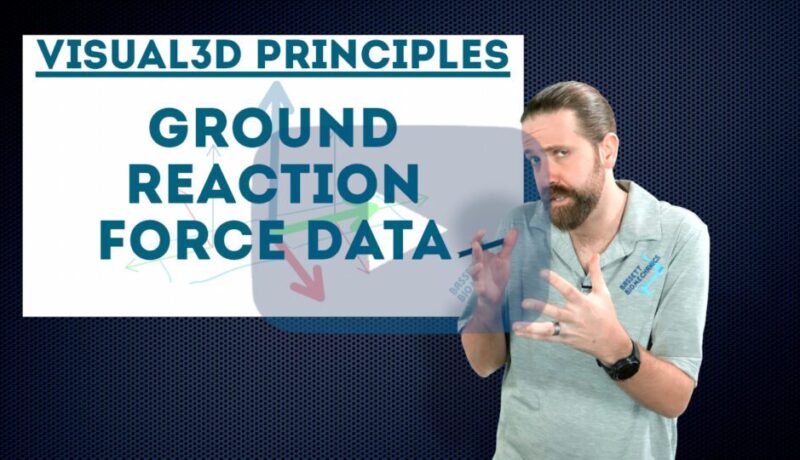
Ground reaction force data is the foundation for many calculations in Visual3D. However, the force plate data itself is also useful and worth analyzing. In this tutorial, we focus on the principles behind processing the ground reaction force data to obtain valuable results.
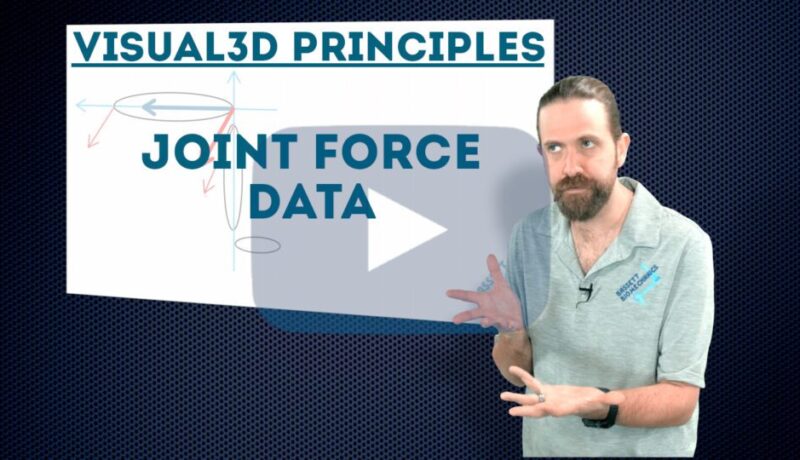
Joint force data is a key biomechanical calculation that is easily facilitated in Visual3D. In this tutorial, we explore the meaning of the joint force data in terms of the reference coordinate system. There are many options available, and understanding how these may impact the data you are looking at could help you decide which to choose.
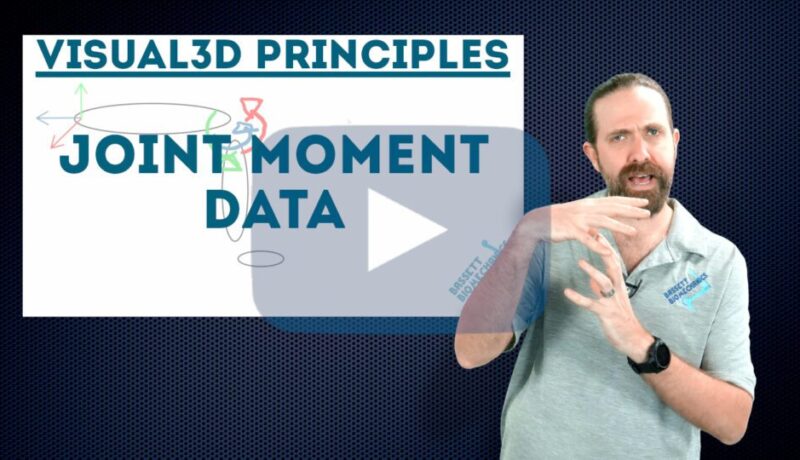
Joint moment is one of the most common biomechanical values to be calculated and be used for evaluation of a subject’s performance or condition. In this tutorial, we focus on how the data is calculated depending on which resolution coordinate system or Cardan sequence is used.
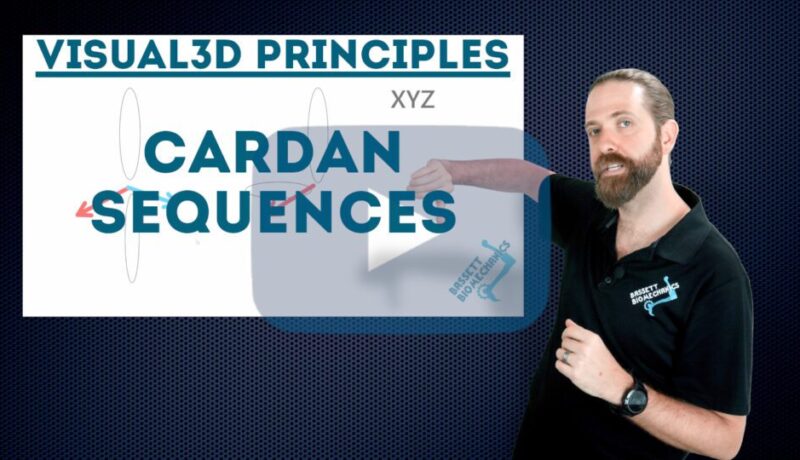
Calculating rotational data between two objects in space can be mathematically challenging, especially if those bodies are moving with respect to each other. In biomechanics, we regularly need to perform calculations between segments, and one of the ways we do that is by using Cardan Sequences. In this tutorial, we explain what they are.
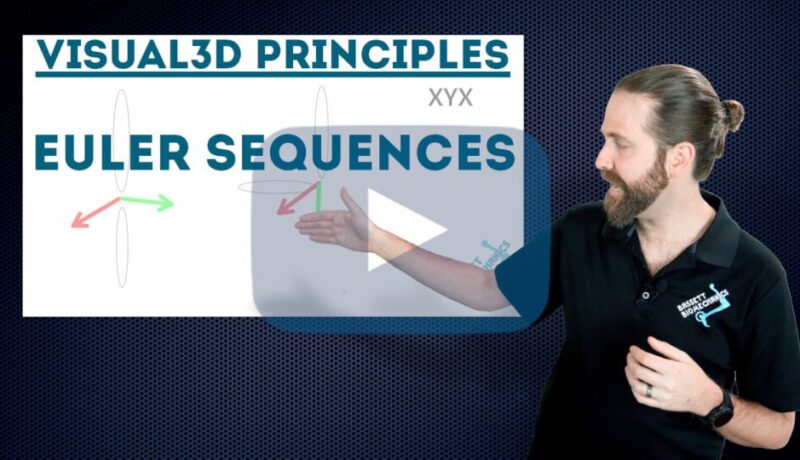
As two segments rotate with respect to each other, the more complex the motion, the more challenging it is to describe mathematically. In biomechanics, defining the rotations is key to understanding the meaning of the data. One method is to use Cardan Sequences; however, in this tutorial, we explain what Euler Sequences are, and how they are used to calculate rotaions between segments.

When dealing with vector-based calculations between segments in biomechanics, understanding resolution coordinate systems is essential. Differing from Cardan Sequences and Euler Sequences, using a resolution coordinate system uses all the axes in the chosen segment. In this tutorial, we explain how these biomechanical principles apply to Visual3D.

Joint velocity is often used in biomechanics to understand the kinematics between body segments. However, it is not quite as simple to interpret as just taking the first derivative of joint angle. There are several factors to consider, including understanding resolution coordinate systems, so we used this tutorial to highlight what joint velocity is.

Joint power can be a difficult concept to interpret that is often used in biomechanics. In this tutorial, we aim to shed some light on what joint power is, and how it is genuinely very useful to consider regardless of what biomechanical field you are in.

Tracking specific positions of a segment, can be a very useful skill in biomechanics. In this tutorial, we explain why track the position of the segment center of gravity, proximal joint, and distal joint.